Rijeka is a lively coastal city in Croatia known for its rich history, cultural events and beautiful waterfront. The country’s main seaport has many old and modern attractions. The city hosts the famous carnival which is one of Europe’s biggest carnivals. Visitors can explore historic sites, local markets and museums. The Korzo, on the main street, is perfect for a walk, with cafés and shops. The city also has nearby beaches and islands for short trips, making it a great place to visit.
Location
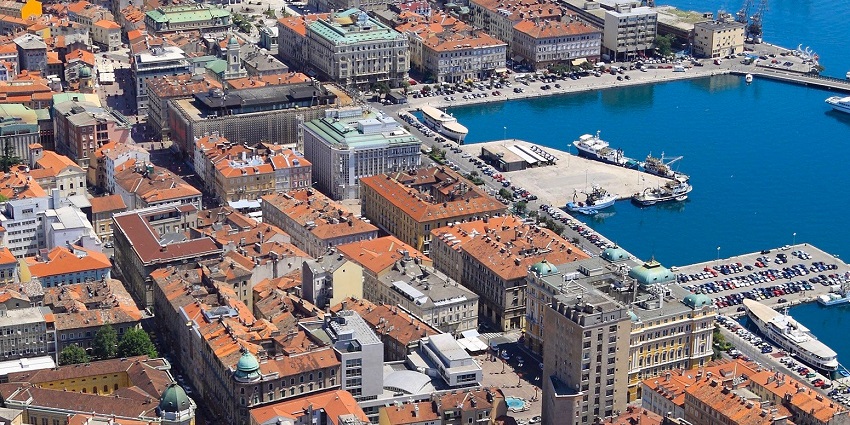
Photo: Antonio199cro / Wikimedia Commons
Rijeka is situated on the Kvarner Bay in the northern Adriatic Sea, serving as a significant maritime hub. Its strategic location connects it to various European destinations, making it accessible for travellers from different regions. It is also known for its rich history, diverse architecture and vibrant cultural scene, including its famous annual Carnival. The city offers stunning coastal views, lively markets and a blend of Mediterranean and Central European influences, making it a unique destination to explore.
How To Reach

Photo: Martin Schmidt / Wikimedia Commons
By Air: Rijeka Airport (RJK) is located on the nearby island of Krk, approximately 30 kilometres from the city centre. The airport handles both domestic and international flights, especially during the tourist season. Upon arrival, you can take a shuttle bus or taxi to reach Rijeka.
By Road: Rijeka has a well-connected bus station with services from various Croatian cities and neighbouring countries. The bus terminal is centrally located, providing easy access to the city’s attractions.
By Rail: Train services connect Rijeka to major Croatian cities like Zagreb and international destinations. The railway station is situated close to the city centre, facilitating convenient travel.
Places To Visit In And Around Rijeka
Explore some of the notable attractions in and around Rijeka, elevating the experiences during your amazing trip:
1. Trsat Castle
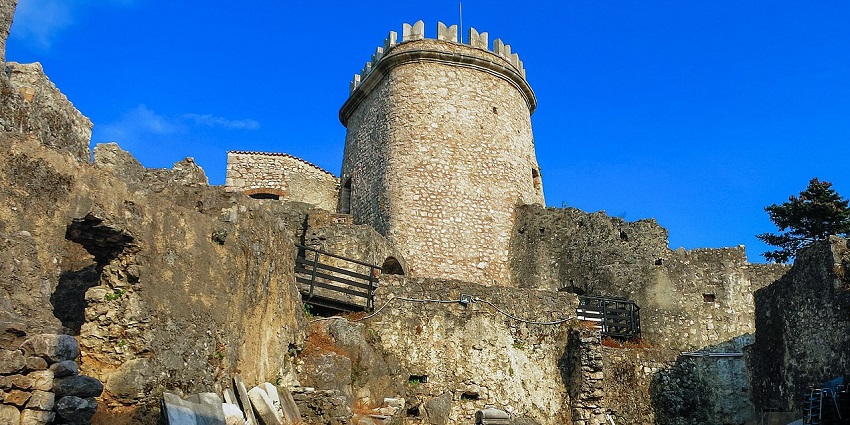
Photo: Maasaak / Wikimedia Commons
Trsat Castle is one of Rijeka’s most important historical sites. Built in the 13th century, it sits on a hill, providing a view of the city and the Kvarner Bay. The castle was once a strategic fortress, protecting the region from invaders. Today, visitors can walk through its stone pathways and explore the well-preserved walls and towers. The castle also hosts cultural events, concerts, and exhibitions. There is a small café where visitors can relax and enjoy the surroundings. The site is also a popular place for photography, making it a great spot to take photos.
Timings: Daily, 9 AM – 8 PM
Ideal Trip Duration: 1 – 2 hours
2. Korzo

Photo: Грищук ЮН / Wikimedia Commons
Korzo is the main street and the busiest part of the city. It is lined with cafés, restaurants, and shops, making it a favourite place for locals and visitors. Many historic buildings, including the City Tower, are located here. The street has a lively atmosphere, and it is common to see street performances and public events. People often stop by to have coffee at one of the outdoor cafés. Korzo is also the best place to experience the local culture and watch daily life. The area is well-lit in the evening, creating a lively setting.
Timings: 24*7
Ideal Trip Duration: 1 – 2 hours
3. Croatian National Theatre

Photo: Fraxinus / Wikimedia Commons
Croatian National Theatre hosts one of the biggest events in Croatia and one of the most famous carnivals in Europe. It takes place every year before Lent and attracts thousands of visitors. The carnival includes parades, street performances, and costume contests. People wear colourful costumes, masks, and traditional outfits. The event has a long history, dating back to old Slavic traditions. The Grand Parade is the highlight, with different groups marching through the city. Many locals participate, making it an important cultural event. Visitors can also enjoy food stalls and music performances during the festival.
Timings: Box office, Monday to Friday, 9 AM – 7 PM
Ideal Trip Duration: 2 – 3 hours
4. St. Vitus Cathedral
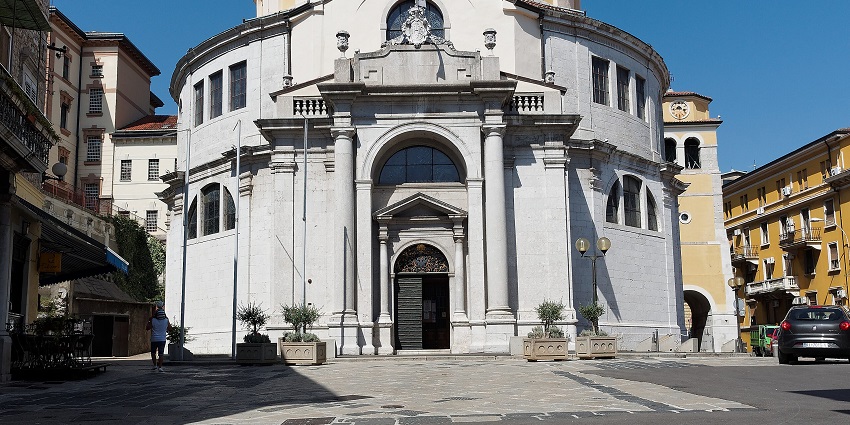
Photo: Arnoldius / Wikimedia Commons
St. Vitus Cathedral is an important religious site in Rijeka. It was built in the 17th century and is dedicated to St. Vitus, the city’s patron saint. The cathedral has a round shape, which is unusual for churches in Croatia. Visitors can see detailed artwork, old religious statues, and a large altar. The cathedral is known for its connection to a legend about a crucifix that is believed to have performed miracles. People visit the church to pray and light candles. The cathedral is also used for religious ceremonies and local celebrations.
Timings: Monday to Saturday, 9 AM – 5 PM, Sunday, 12 AM – 5 PM
Ideal Trip Duration: 1 hour
5. The Peek & Poke Computer Museum
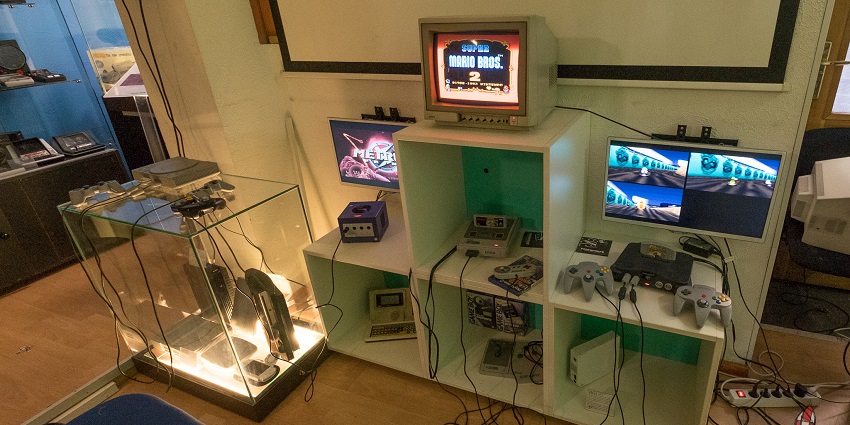
Photo: @nski photo / Wikimedia Commons
The Peek & Poke Computer Museum is a fun and unique place, especially for people interested in technology. It has a collection of over 2,000 items, including old computers, video game consoles and typewriters. Visitors can see how technology has changed and even try some old gaming systems. The museum is interactive, allowing people to touch and use many of the exhibits. It is a great place for both children and adults. The museum also hosts workshops and events related to computer history and digital culture. It is one of the few museums of its kind in Croatia.
Timings: Saturday, 11 AM – 4 PM
Ideal Trip Duration: 1 – 2 hours
Where To Stay

Photo: Đoàn / Pixabay / Image For Representation Only
Rijeka offers a range of accommodation options to suit various budgets. From boutique hotels in the city centre to budget-friendly hostels, visitors can find comfortable lodging within walking distance of major attractions. Booking in advance is recommended, especially during peak tourist seasons.
Where To Eat
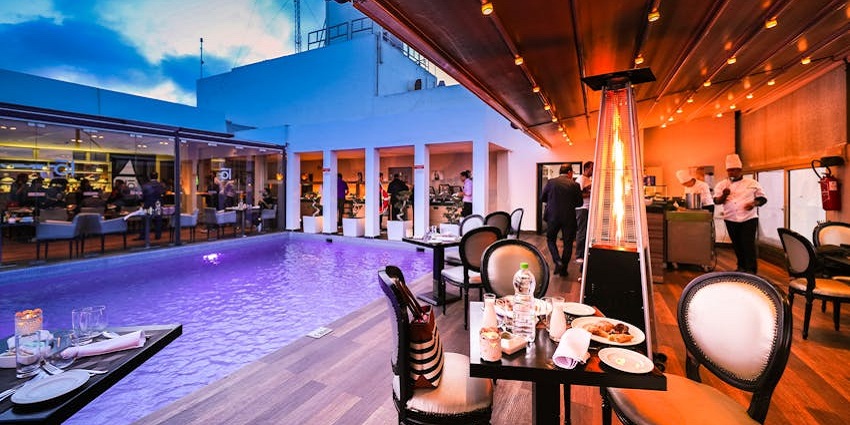
Photo: Zak Chapman / Pexels / Image For Representation Only
The city’s culinary scene combines traditional Croatian dishes and international cuisine. Seafood restaurants along the waterfront serve fresh catches, while local eateries offer specialities like “čevapi” (grilled minced meat) and “fuži” (Istrian pasta). Cafés and bakeries throughout Rijeka provide delightful spots for coffee and pastries.
Best Time To Visit
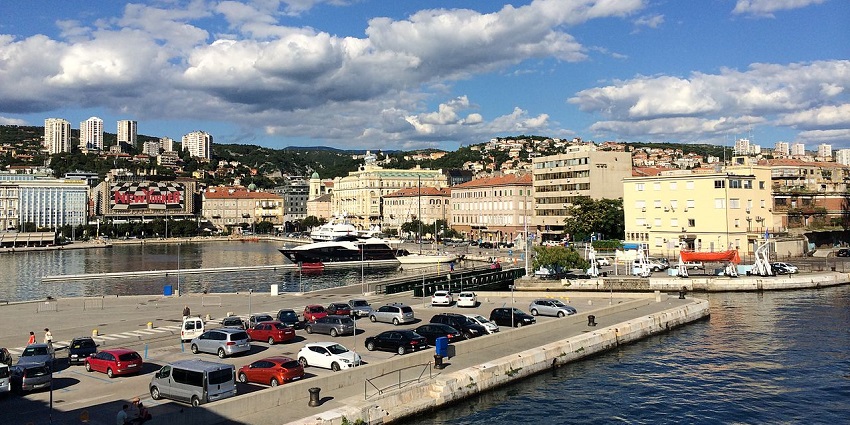
Photo: Andrepec25 / Wikimedia Commons
The best time to visit Rijeka is during the late spring to early autumn months (May to September). At this time, the weather is warm and conducive to exploring the city and nearby coastal areas. This period also coincides with various festivals and events, adding to the vibrant atmosphere.
Tips For Travellers
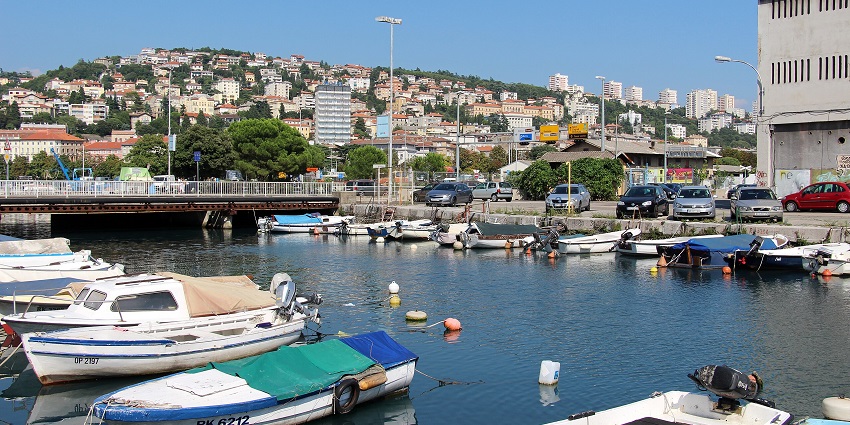
Photo: Fred Romero / Wikimedia Commons
- Croatian is the official language, but English is widely understood in tourist areas.
- Public buses are available to get around the city. Taxis and ride-sharing services are also options.
- When visiting religious sites, dress modestly.
- Summers are warm, while winters are mild but can be rainy.
- Always be mindful of personal belongings, especially in crowded areas.
Rijeka, a town in Croatia, has something for every traveller, from historic sites to lively local markets and coastal views. Whether walking along the Korzo or discovering the city’s past, there is plenty to explore. Taking photos here will help you cherish your memories. To plan a trip, check out TripXL for the best travel deals and start your journey today.
Cover Photo: DirektFlug / Wikimedia Commons


 WhatsApp
WhatsApp
 Twitter
Twitter









